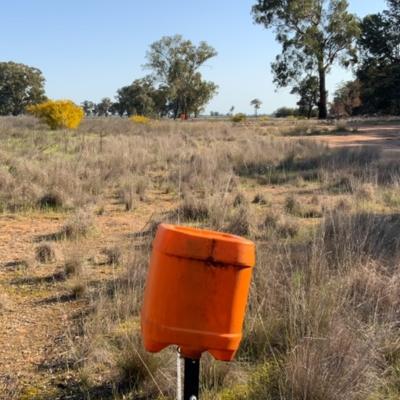As conservation agreements across the Riverina reach their five-year anniversary, we are seeing significant ecological changes from the initial baseline data collected.
Many of these agreements were established with the founding of the NSW Biodiversity Conservation Trust (BCT) and are now being revisited, with a new round of surveys to evaluate shifts in biodiversity and environmental health.
Nine of these early agreements were recently resurveyed and plans are in place to survey an additional 16 agreements. The surveys allow our ecologists and landholders to assess how conservation management has influenced biodiversity in these areas over the first five years of the conservation agreements.

Following methodology set out in the Ecological Monitoring Module, BCT ecologists collect abundance and cover data for all plant species, including weeds, within a 20 x 20m plot at pre-set monitoring points.
Two photo points also allow us to record structural data such as particulars of different tree species, the number of large trees and hollows present, the amount of leaf litter cover and the fallen logs present across a 20 x 50m plot.
The data is then compared to baseline data previously collected at that location and against a set of benchmark plots for each vegetation class surveyed in a region.
Ecologist Colleen O'Malley said preliminary trends showed an increase in the number of native plants present and an increased regeneration of tree species.
“We are especially seeing an increase in grasses and forbs,” Colleen said.
“Some of these changes can be explained by a series of high rainfall years that the region experienced over the past five years, but other changes are likely to be indicative of reduced grazing pressure within the agreement areas,” she said.
Thorough analysis of the data will be undertaken later this year.
“This is all great news and is the result of the hard work of landholders,” Colleen said.